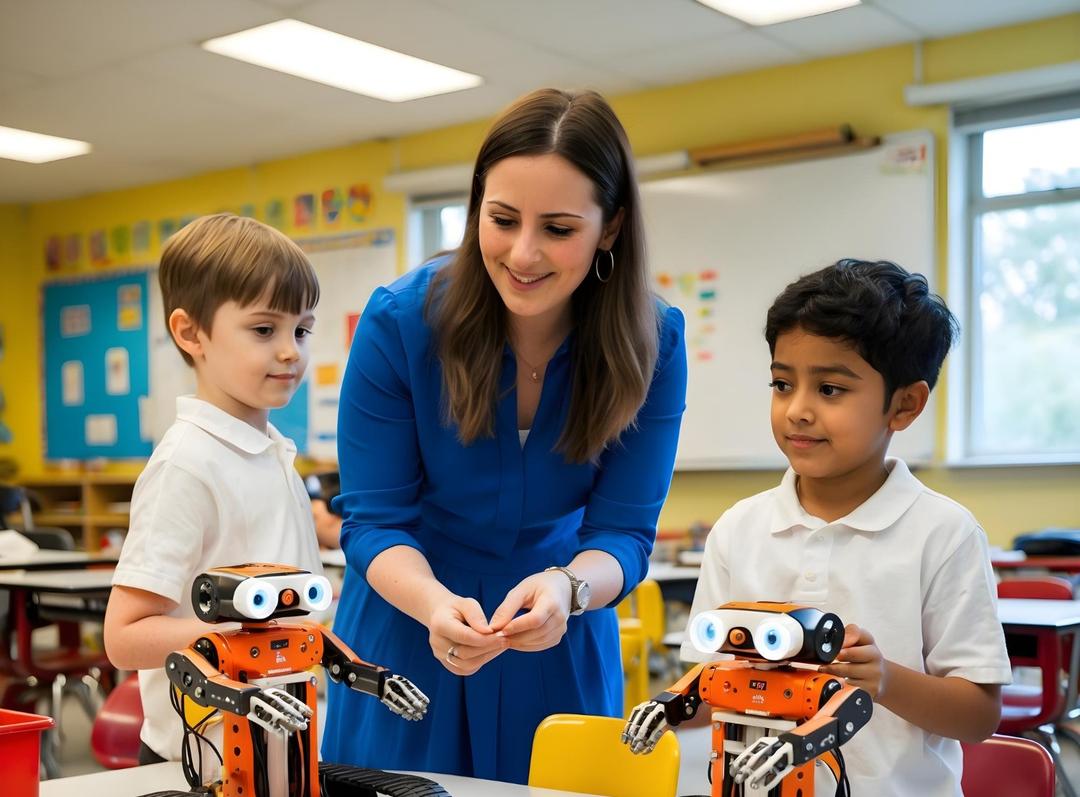In our high-tech society, robotics instantly captures the interest and imagination of young people, offering a sense of excitement and fulfilment. It unlocks creativity, enhances problem-solving, and provides a much deeper understanding of STEM subjects than making robots. Thus, this handbook is an introduction to robotics for young minds.
Why Teach Robotics to Kids?
Learning robotics sparks creativity and inventiveness, encouraging children to think in new and innovative ways. Robotics challenges children to identify problems, find creative solutions, develop critical thinking, and improve problem-solving skills. Learning to program a robot also helps kids develop logical thinking and analytical abilities.
How do you introduce kids to STEM?
Robotics offers a systematic and practical method to introduce essential concepts of Science, Engineering, Technology, and Math (STEM). Start by selecting a suitable robotics kit with easy-to-follow instructions and tasks to keep your child engaged based on age and interests. Additionally, create a conducive environment and allocate a space where they can experiment and build. Encourage cooperation and teamwork throughout the process.
Suggested Robotics Adventures for Children
Learning robotics is all about hands-on experiences and active participation. Kids learn and adapt to new concepts quickly, so exposing them to robotics at a young age provides a strong foundation for science and technology.
Class 1 - 4
Kids must go through a course that explains how robotics technology works and how it is used in real life. The curriculum is designed to enable kids to build robotics projects without dealing with complex wiring or connections.Grades 4–7:
At this stage, students can explore circuit-level coding and electronics. The curriculum should encourage creativity and inspire kids to independently develop and build robotics projects.Grades 8 and up:
Kids of this age can learn about advanced robotics concepts with IoT, mechatronics, and AI concepts, along with advanced text-based programming languages.Conclusion
In a nutshell, children are investing in the future by learning robotics. Allowing children to experiment, solve problems, and explore helps them to develop critical thinking and innovation skills. Additionally, education should be enjoyable and engaging. With your support and guidance, your child’s robotics journey can become fascinating and adventurous.




